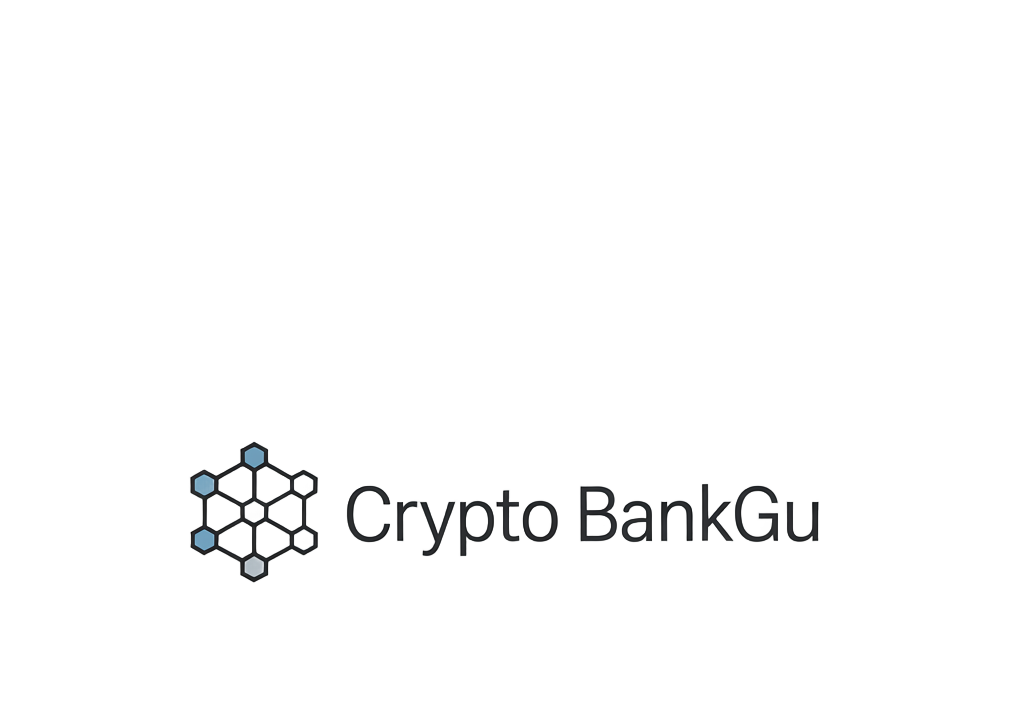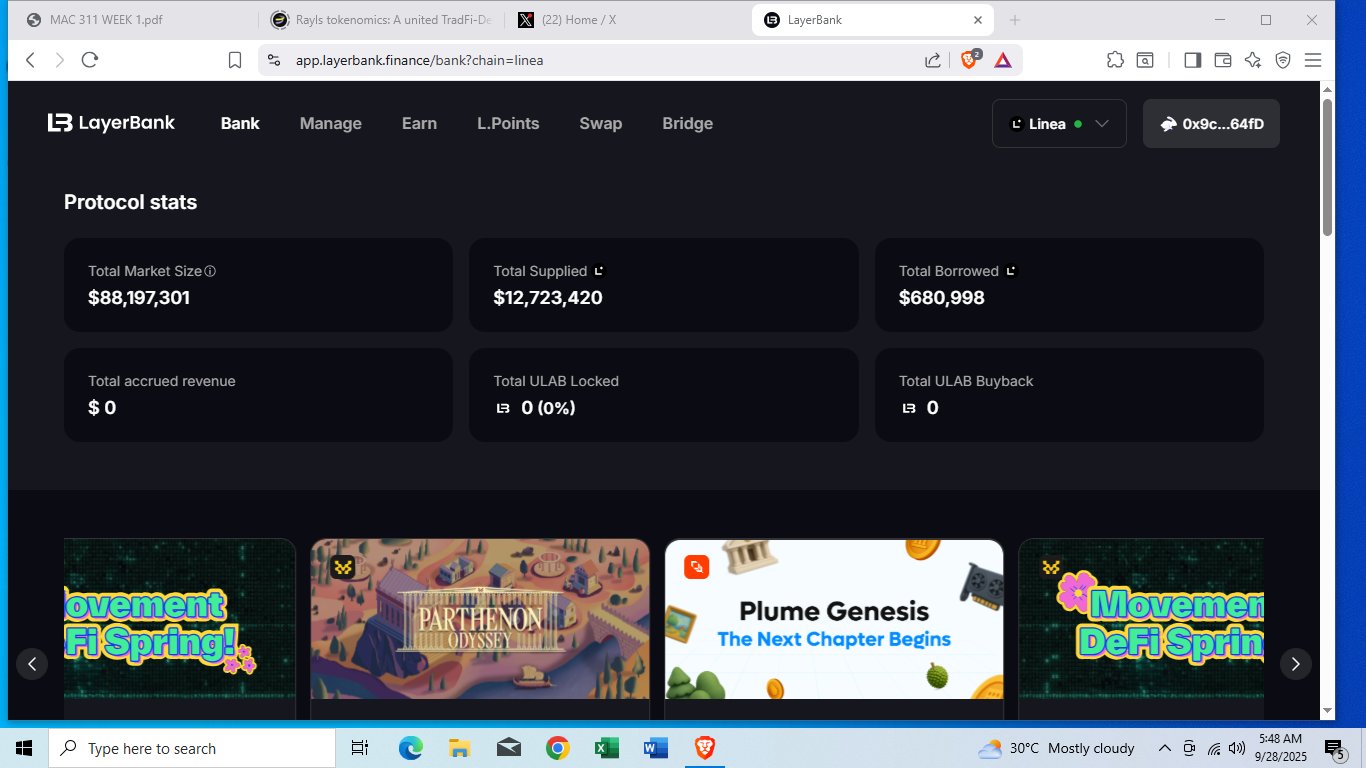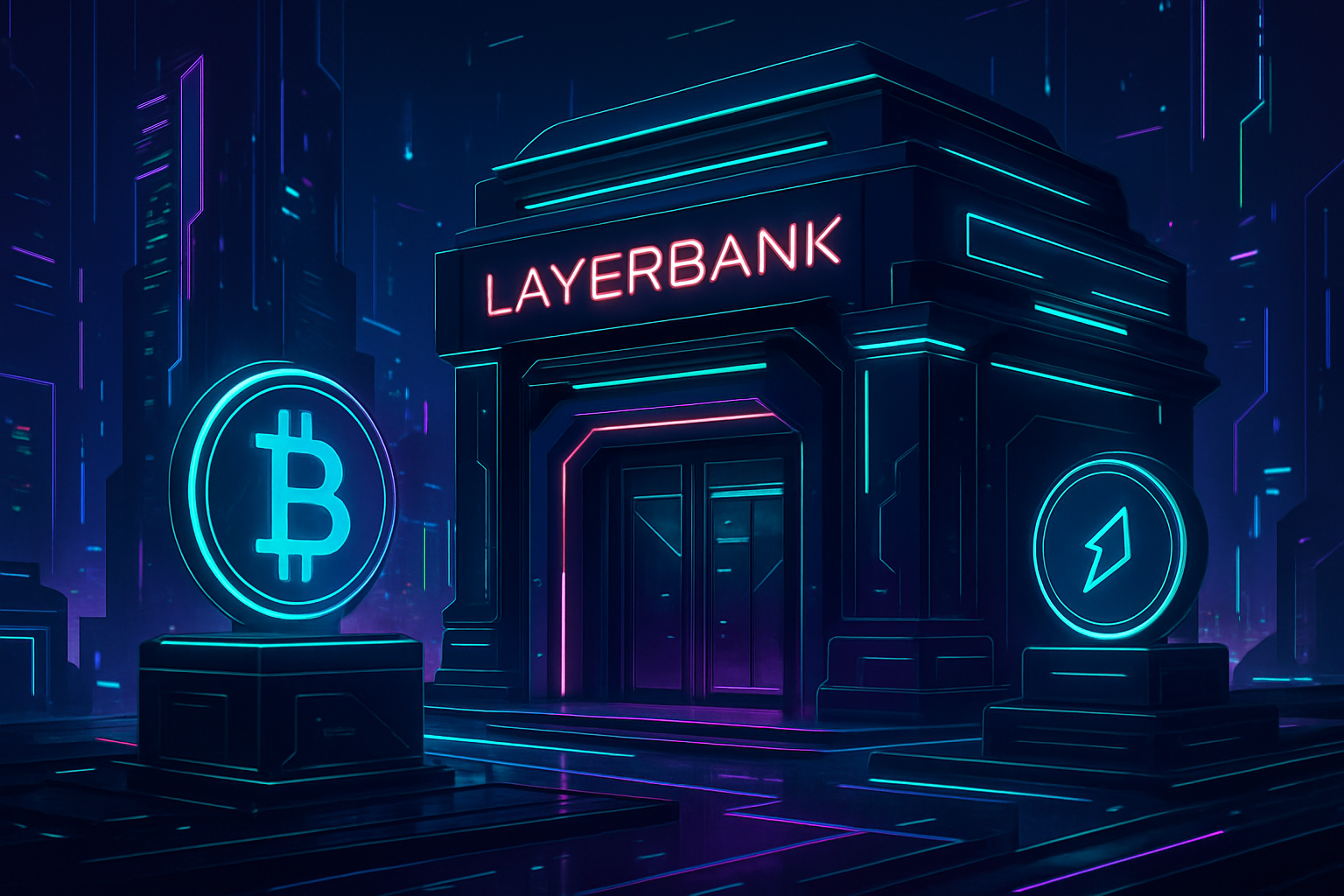
Permissionless crypto banks are reshaping the digital finance landscape in 2025, and LayerBank stands at the forefront of this transformation. As a fully on-chain, multichain banking protocol, LayerBank is not only unifying liquidity across disparate blockchain networks but also introducing new standards for accessibility, capital efficiency, and risk management. With its integration across Ethereum Layer 2s like Linea and Scroll, as well as partnerships with security-focused sidechains such as Rootstock, LayerBank is a prime example of how permissionless architecture delivers real-world value in the evolving DeFi ecosystem.
LayerBank’s Core Features: Unifying Multichain Liquidity
LayerBank’s permissionless model eliminates barriers to entry for users and developers alike. By aggregating liquidity from multiple blockchains, it enables seamless lending, borrowing, and yield optimization strategies without the need for intermediaries or restrictive KYC processes. In August 2025, LayerBank launched Leverage Looping Vaults on Plume – a permissionless chain built specifically for real-world asset finance (RWAfi). These vaults automate complex yield strategies around tokenized real-world assets (RWAs), allowing users to maximize returns with just one click.
Key Features of LayerBank Transforming Multichain DeFi
-
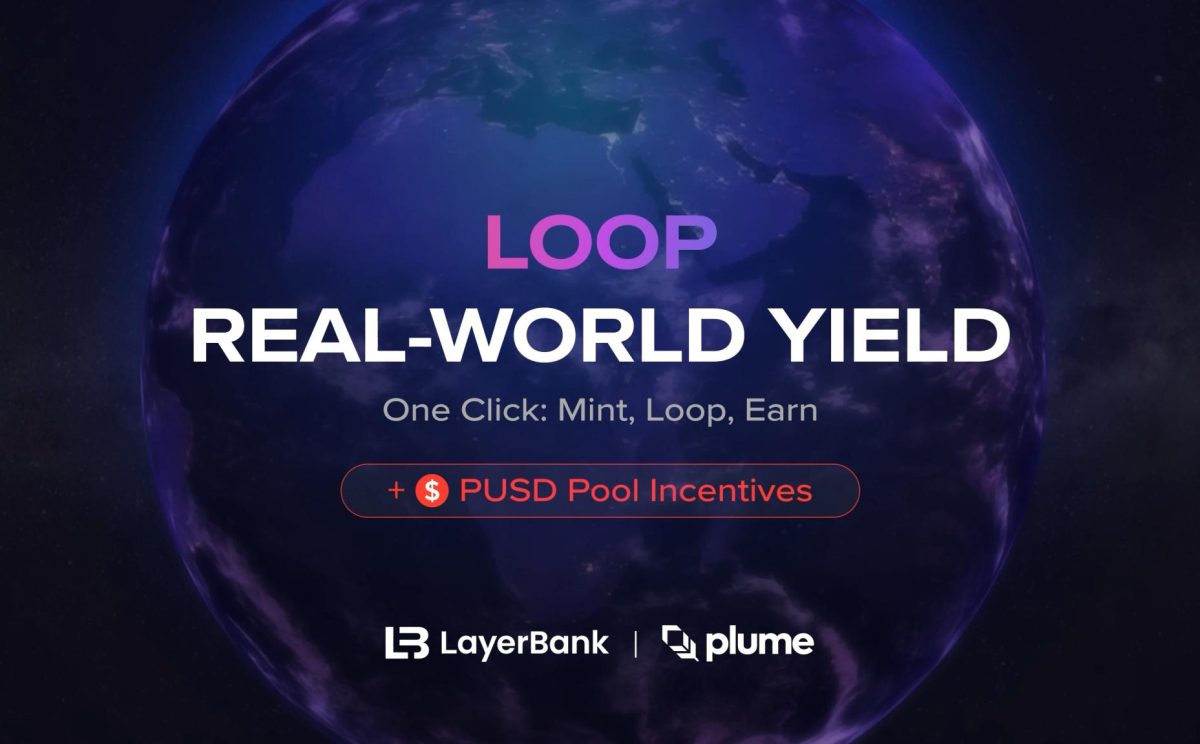
Leverage Looping Vaults on Plume: LayerBank introduced automated Leverage Looping Vaults on the Plume blockchain, enabling users to maximize yield from tokenized real-world assets (RWAs) with a single click. These vaults streamline complex yield strategies and enhance capital efficiency within DeFi.
-
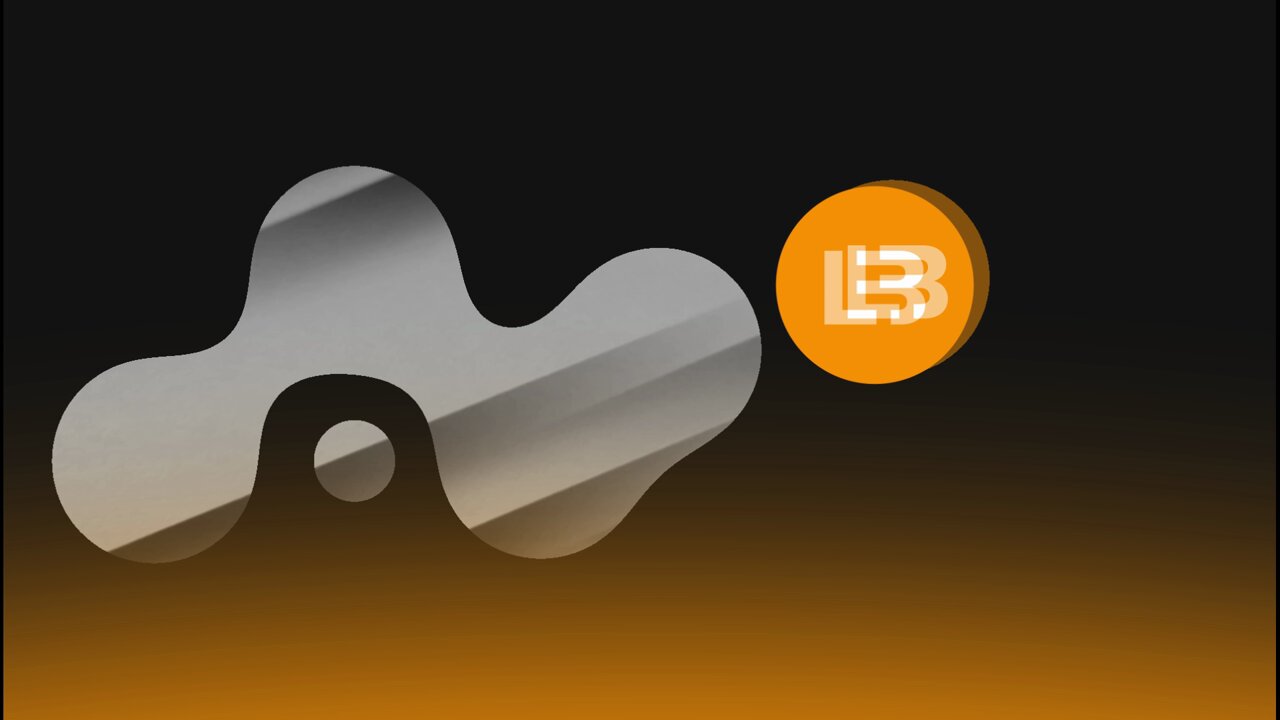
Rootstock Integration for Bitcoin Security: By partnering with Rootstock, LayerBank leverages Bitcoin’s robust security model while providing a seamless, EVM-compatible DeFi experience. This integration allows for real-time lending, borrowing, and yield strategies secured by the Bitcoin network.
-
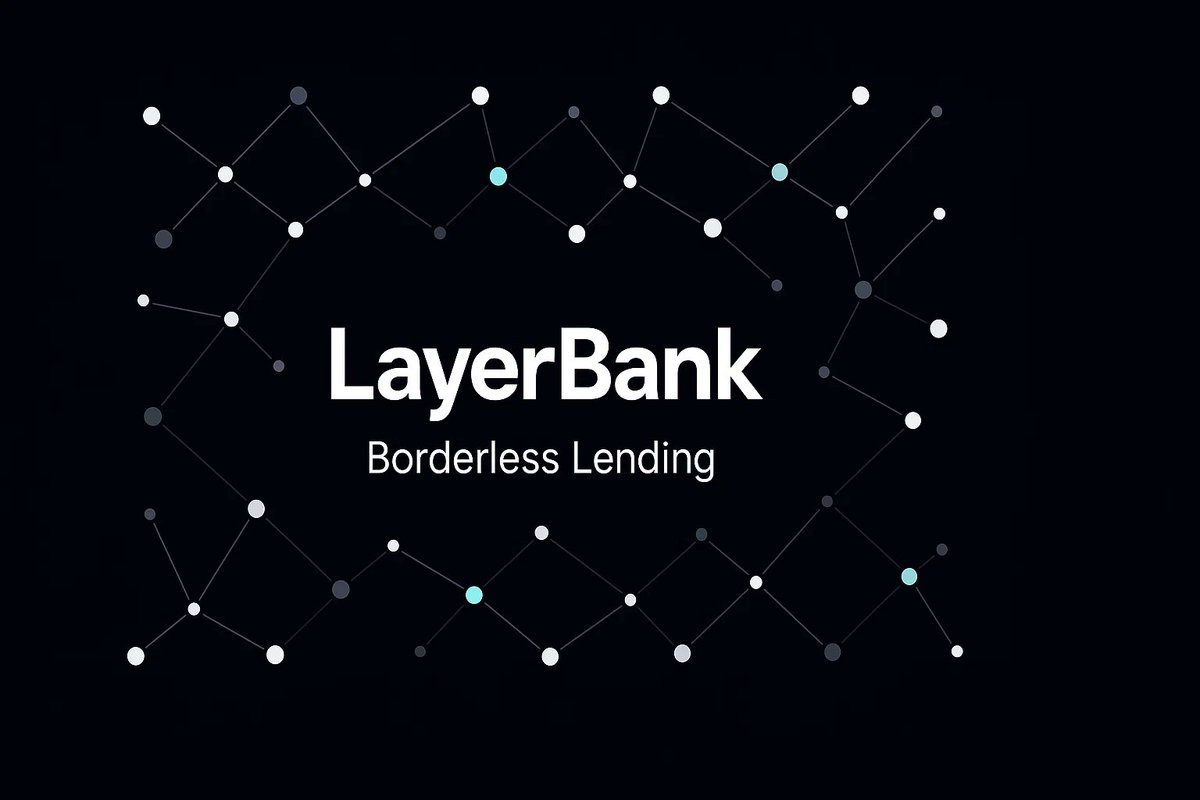
RWA-Backed Stablecoin Borrowing: LayerBank enables users to borrow stablecoins against tokenized real-world assets, unlocking on-chain liquidity and bridging traditional finance with decentralized protocols. This supports a more diverse and resilient DeFi ecosystem.
-
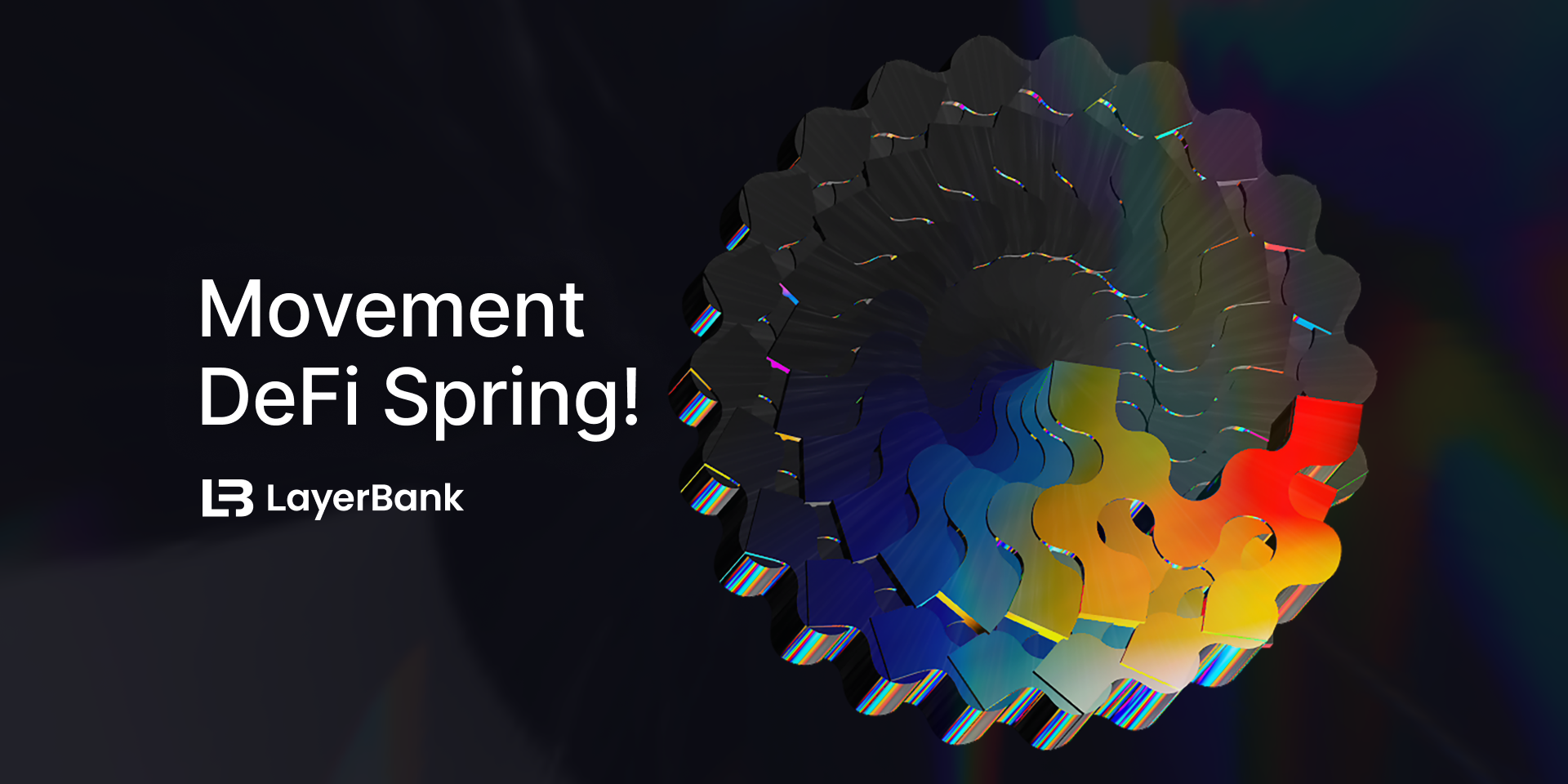
Unified Multichain Liquidity: The protocol connects liquidity across major blockchains, including Ethereum Layer 2s like Linea and Scroll, allowing users to access lending, borrowing, and yield optimization strategies without fragmentation.
-
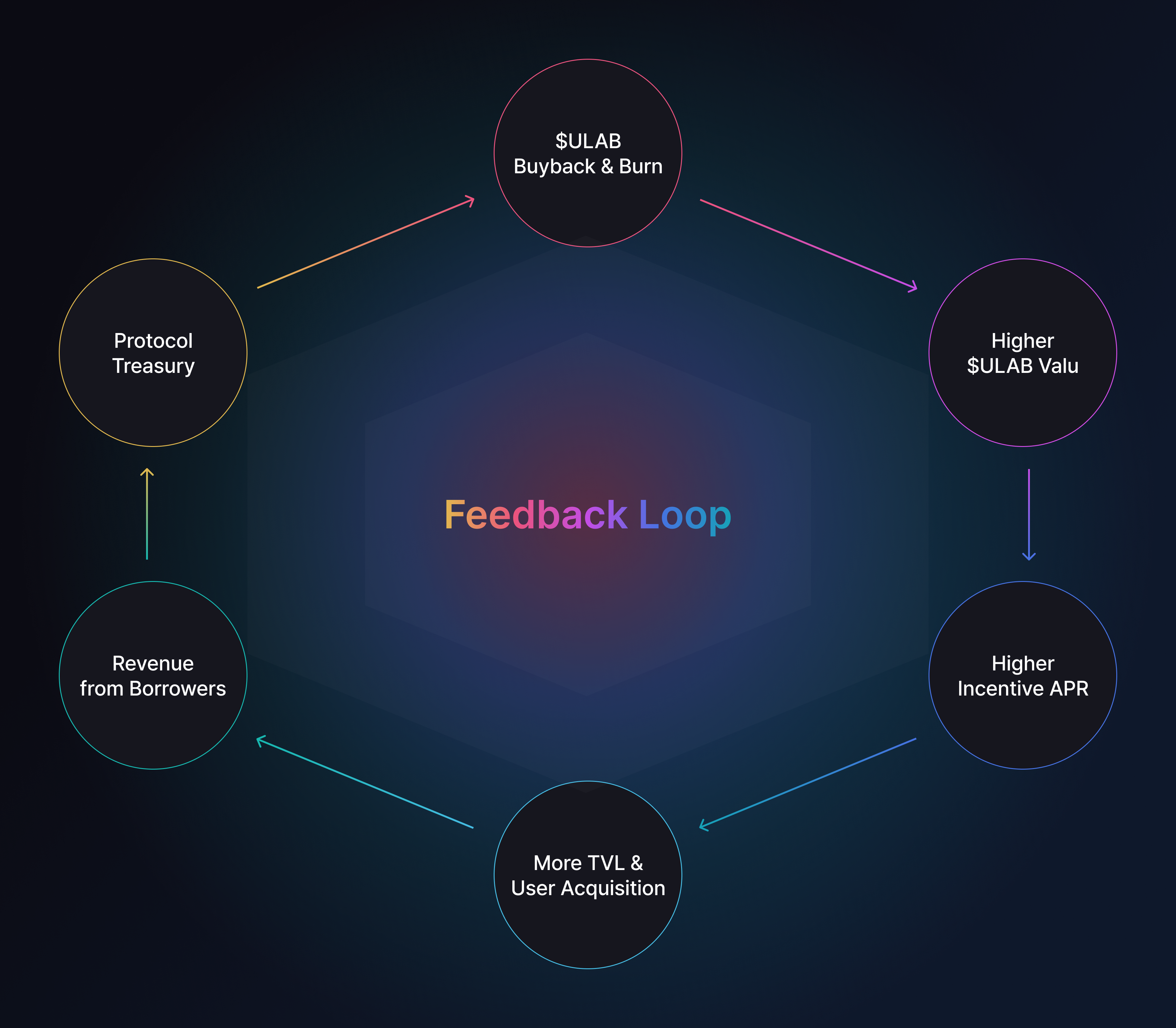
Permissionless, On-Chain Banking: LayerBank operates as a permissionless protocol, offering open, peer-to-peer access to financial services without intermediaries, in line with the core ethos of decentralized finance.
This focus on automation and cross-chain operability means that both retail users and institutions can tap into global liquidity pools and advanced DeFi strategies without specialized technical knowledge. The result? More efficient markets and greater accessibility to crypto-native financial services.
Bitcoin Security Meets EVM Flexibility: The Rootstock Partnership
One of LayerBank’s most significant innovations is its partnership with Rootstock, Bitcoin’s most secure sidechain. This collaboration brings Bitcoin-level security to EVM-compatible DeFi protocols. Users benefit from real-time lending and borrowing using Bitcoin collateral while enjoying Ethereum-like programmability. According to recent updates from Rootstock Collective, this move supports RWA-backed stablecoin borrowing and helps unify fragmented liquidity across chains.
This hybrid infrastructure appeals to conservative investors seeking robust security guarantees alongside the composability of DeFi protocols. It also signals a broader trend: permissionless platforms are increasingly bridging legacy assets like Bitcoin with innovative DeFi products that were once exclusive to Ethereum or other smart contract chains.
The Rise of Permissionless Crypto Banks in Multichain Finance (2025)
The emergence of platforms like LayerBank marks a pivotal shift in multichain finance for 2025. Unlike traditional banks or even earlier generations of crypto banks that relied heavily on permissioned systems or single-chain liquidity silos, today’s permissionless protocols are:
Key Differences: Permissionless Crypto Banks vs. Traditional Models
-
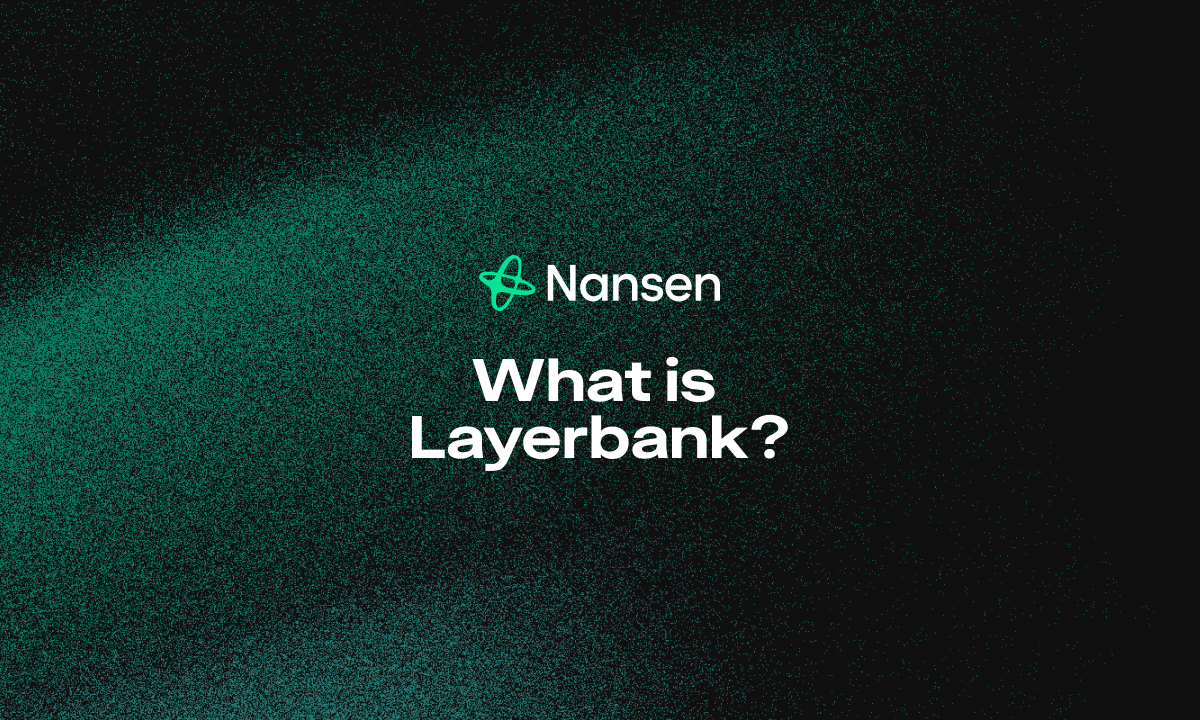
Open Access vs. Restricted Entry: Permissionless crypto banks like LayerBank allow anyone with a compatible wallet to participate, eliminating the need for KYC or approval processes. In contrast, traditional and permissioned banks require identity verification and impose entry barriers.
-
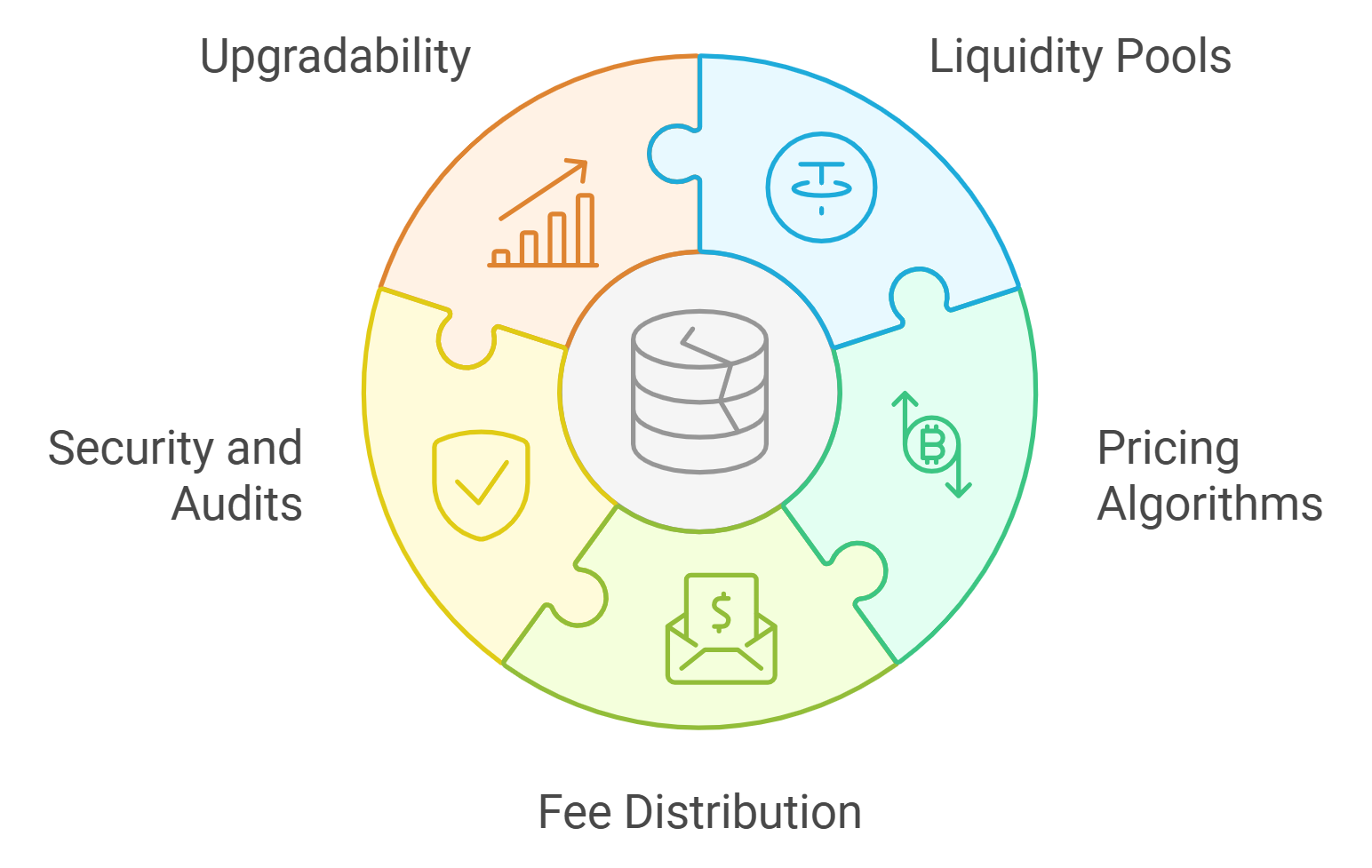
Decentralized, Automated Operations: Platforms such as LayerBank operate on smart contracts, automating lending, borrowing, and yield strategies without intermediaries. Traditional banks rely on centralized management and manual processes, increasing operational overhead.
-
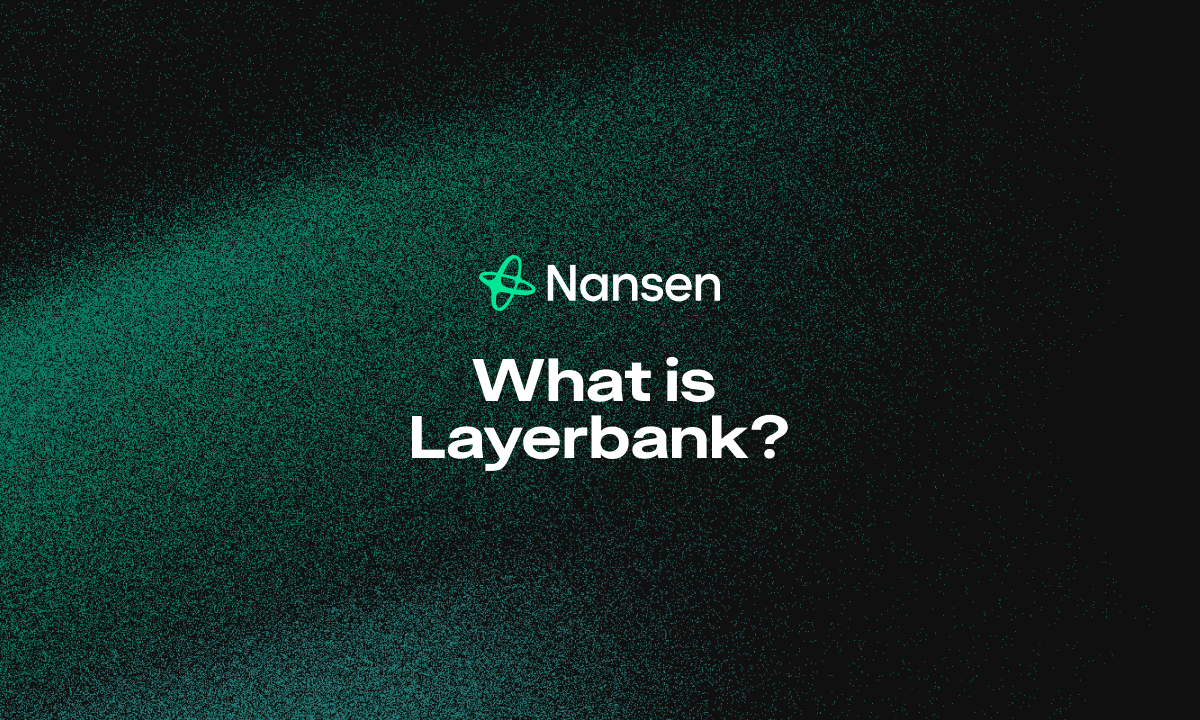
Multichain and Cross-Chain Liquidity: Permissionless banks like LayerBank unify liquidity across multiple blockchain ecosystems (e.g., Ethereum, Rootstock, Plume), enabling seamless asset movement. Traditional banks and permissioned blockchains are siloed, limiting interoperability and asset transfer.
-

Real-Time, Borderless Transactions: Crypto banks enable 24/7, global transactions with near-instant settlement, regardless of user location. Traditional banks are constrained by business hours, geographic boundaries, and slower clearing systems.
-
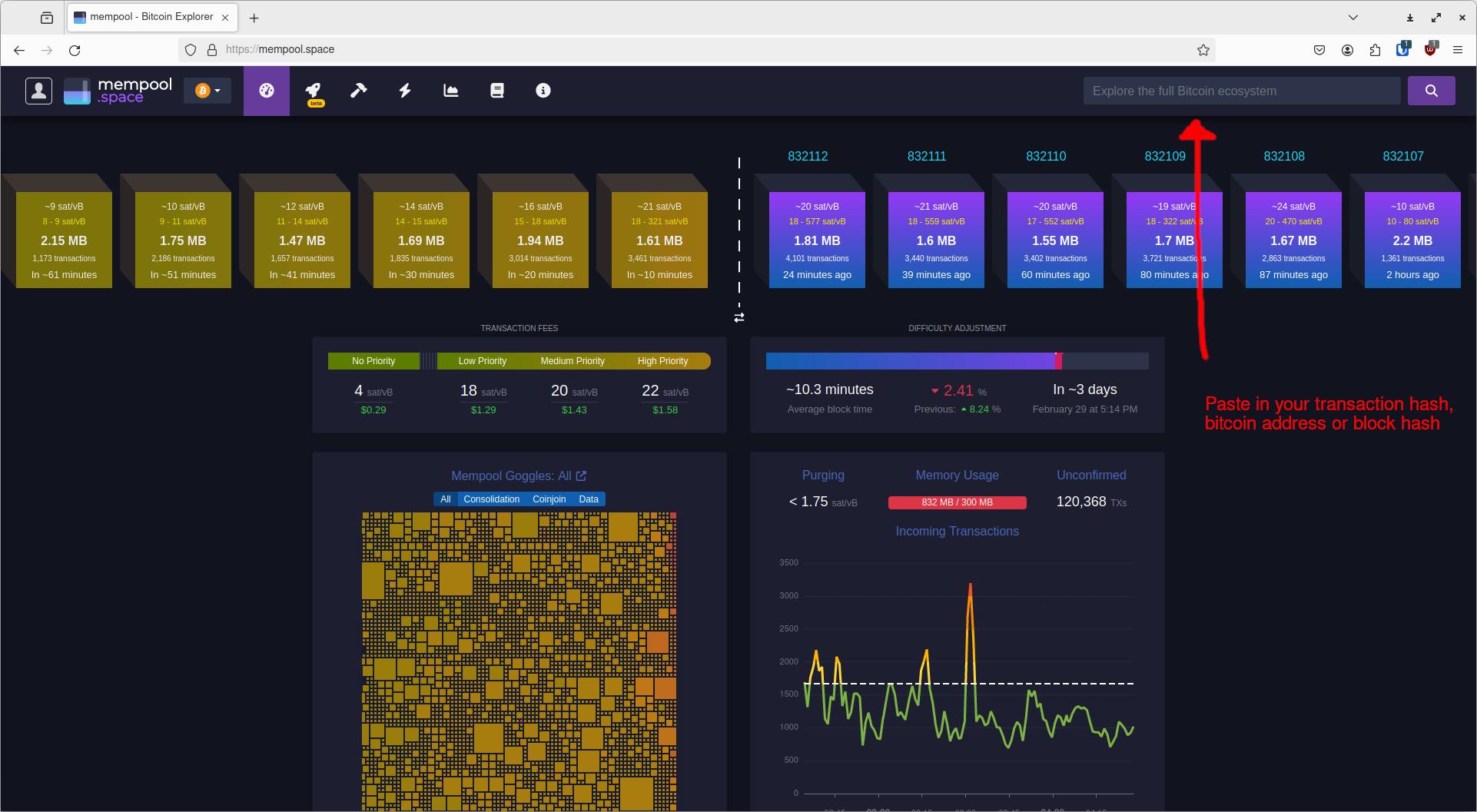
Transparency and Auditability: All transactions on permissionless platforms are recorded on public blockchains, allowing real-time auditing and transparency. Traditional and permissioned models often lack such visibility, relying on internal audits and opaque reporting.
-
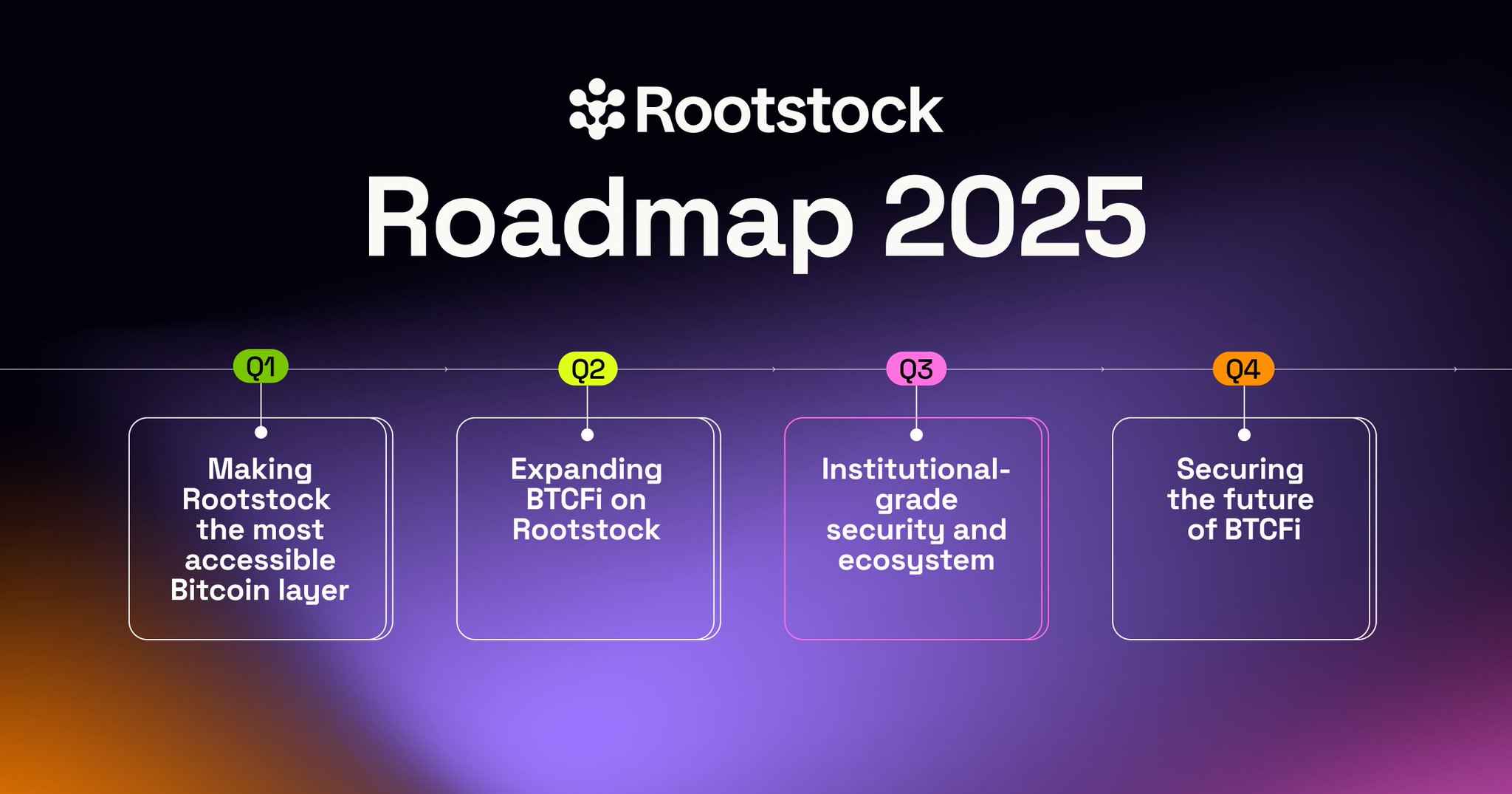
Risk and Security Models: LayerBank leverages decentralized security (e.g., Rootstock’s Bitcoin-backed security) and open-source code, reducing single points of failure. Traditional banks depend on centralized security infrastructure, which can be more vulnerable to targeted attacks.
-
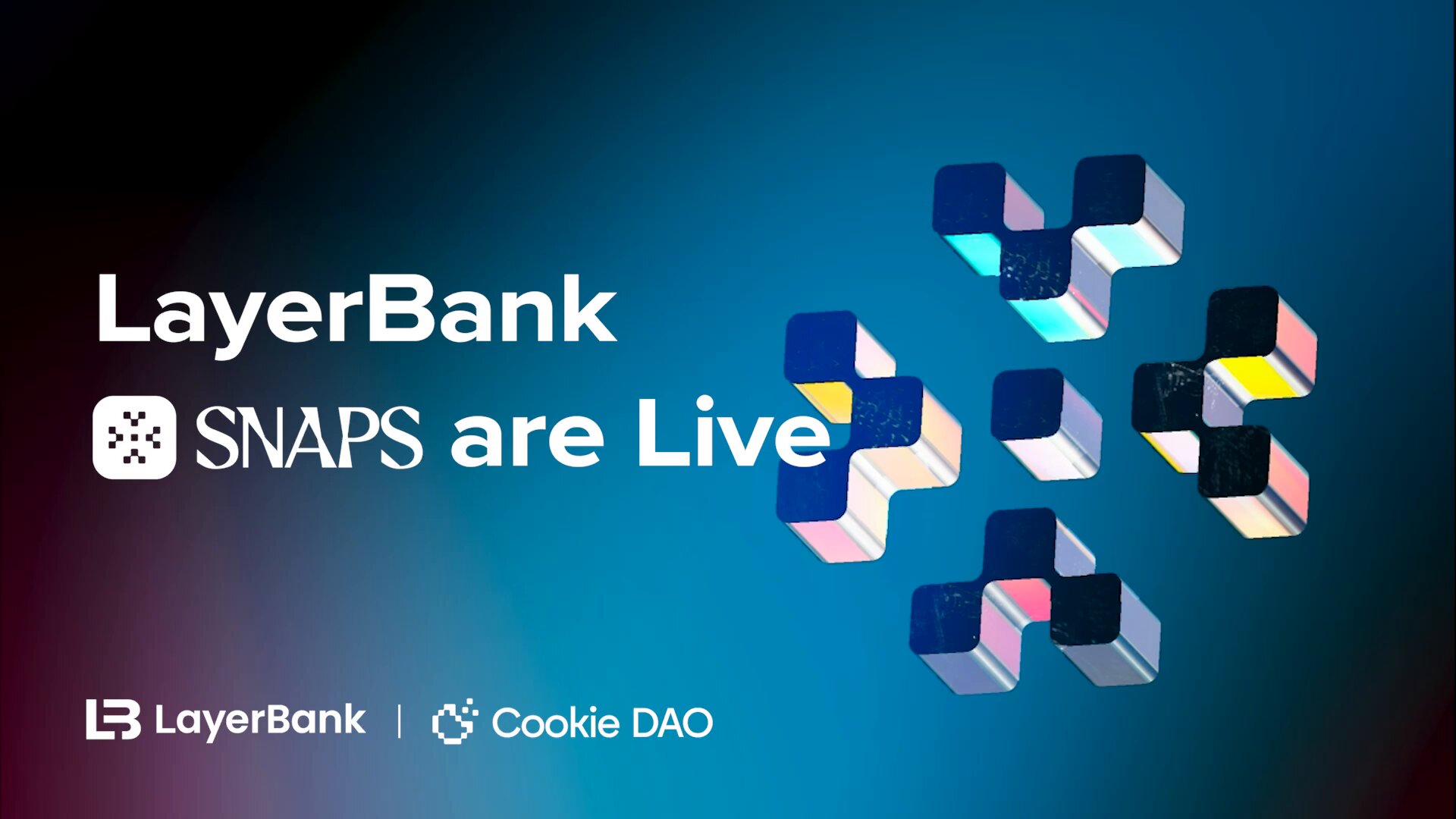
Integration with Tokenized Real-World Assets: Permissionless banks like LayerBank support tokenized RWA finance (RWAfi), enabling users to access, leverage, and optimize yields from real-world assets directly on-chain. Traditional banks are still experimenting with tokenization and often operate on permissioned blockchains.
This new breed of DeFi banking platform is not only more responsive but also more resilient against censorship or single points of failure, a key consideration highlighted by regulatory assessments such as the U. S. Department of the Treasury’s Illicit Finance Risk Assessment. By design, permissionless architectures support peer-to-peer transactions at scale while reducing reliance on centralized gatekeepers.
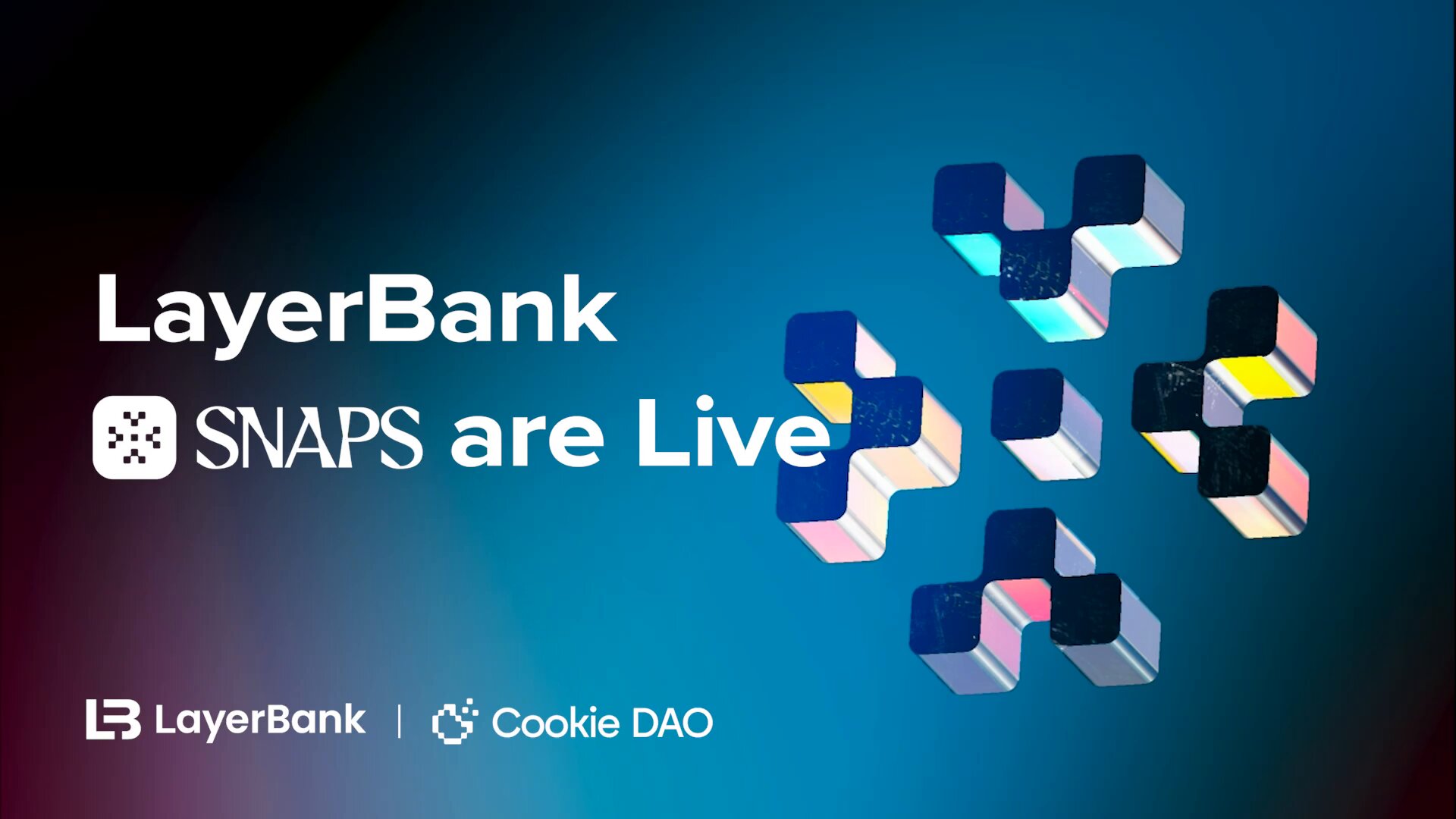
As we look deeper into 2025’s multichain landscape, it becomes clear that platforms like LayerBank aren’t just offering incremental improvements – they’re redefining what it means to bank in a decentralized world.
LayerBank’s approach to multichain finance excels in both technical sophistication and user-centric design. Its permissionless, on-chain structure means anyone can participate in lending, borrowing, or yield optimization without the friction of legacy onboarding processes. This stands in contrast to traditional crypto banks that often require extensive KYC checks and operate within closed ecosystems. The result is a more inclusive financial environment where capital flows freely between chains and asset classes.
Perhaps most notably, LayerBank’s integration with Plume for Leverage Looping Vaults opens up new frontiers for real-world asset finance (RWAfi). By automating complex yield strategies around tokenized RWAs, users can now access diversified returns traditionally reserved for institutional investors. This automation not only reduces operational risk but also democratizes sophisticated DeFi strategies for a broader audience.
Risk Considerations and Regulatory Perspectives
The rapid evolution of permissionless crypto banks like LayerBank is not without challenges. Regulatory bodies such as the U. S. Department of the Treasury have raised concerns about information asymmetries and illicit finance risks associated with decentralized platforms. According to their Illicit Finance Risk Assessment, while DeFi offers greater transparency through on-chain data, it also introduces new vectors for abuse if not properly managed.
LayerBank addresses these risks through its transparent protocol design and by leveraging the security of established networks like Rootstock. The use of open-source smart contracts and regular third-party audits further reinforces trust in the platform’s operations. Still, users must remain vigilant, permissionless does not mean risk-free, especially as cross-chain complexity increases.
Comparing LayerBank to Other DeFi Banking Platforms
In a crowded field of DeFi banking platforms, LayerBank distinguishes itself through:
LayerBank vs Leading Crypto Banks: Key Comparison Points
-
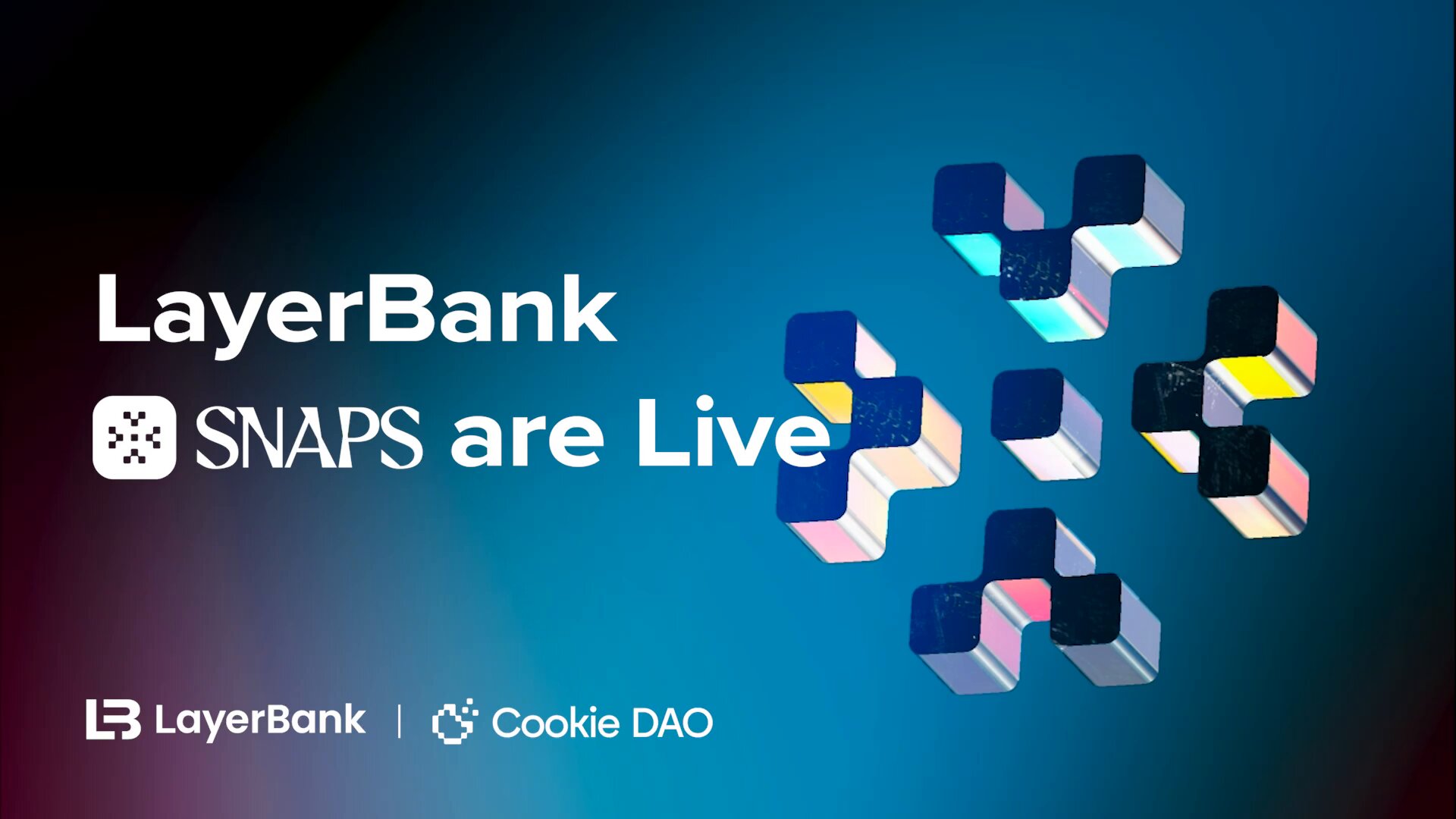
Multichain Integration: Unlike platforms focused on a single chain, LayerBank unifies liquidity across multiple ecosystems, including Ethereum Layer 2s (Linea, Scroll) and Rootstock. Leading platforms like MakerDAO and Aave have begun multichain expansion, but LayerBank’s cross-chain infrastructure is designed for seamless, real-time lending and borrowing across networks.
-
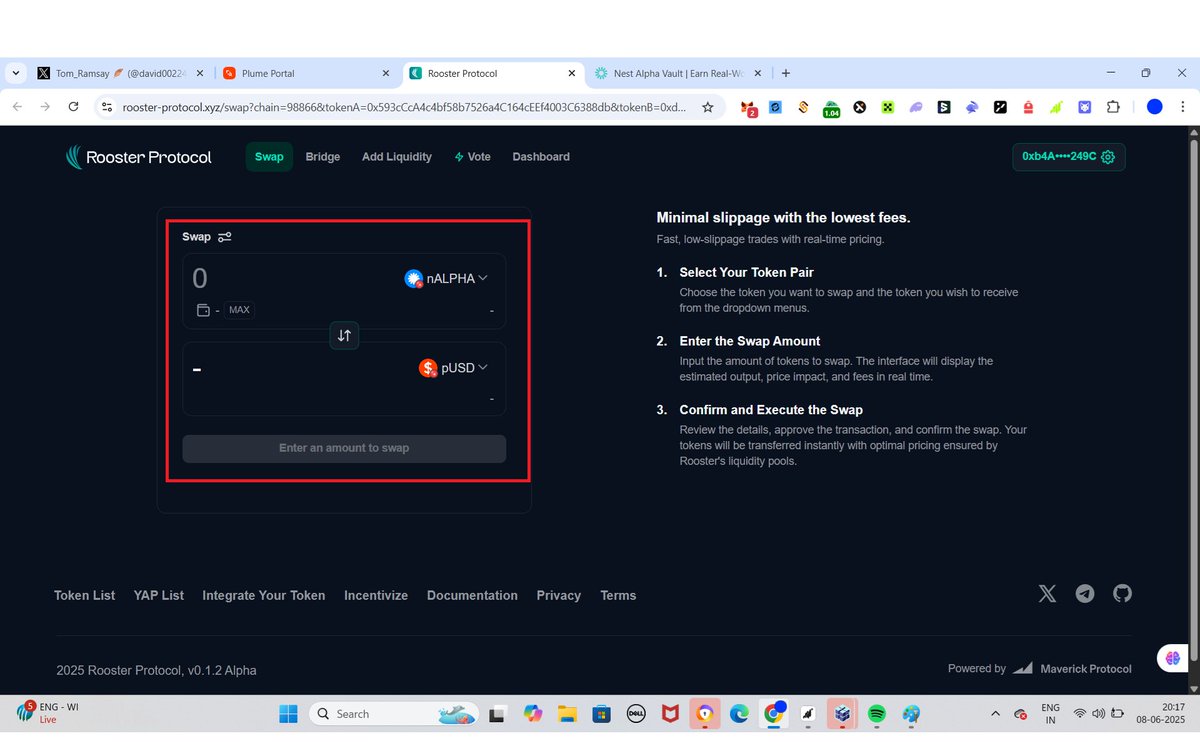
Real-World Asset (RWA) Strategies: In August 2025, LayerBank launched Leverage Looping Vaults on Plume, a permissionless blockchain for RWA finance. This allows users to automate yield strategies on tokenized real-world assets, a feature only recently adopted by competitors like Centrifuge and Goldfinch.
-
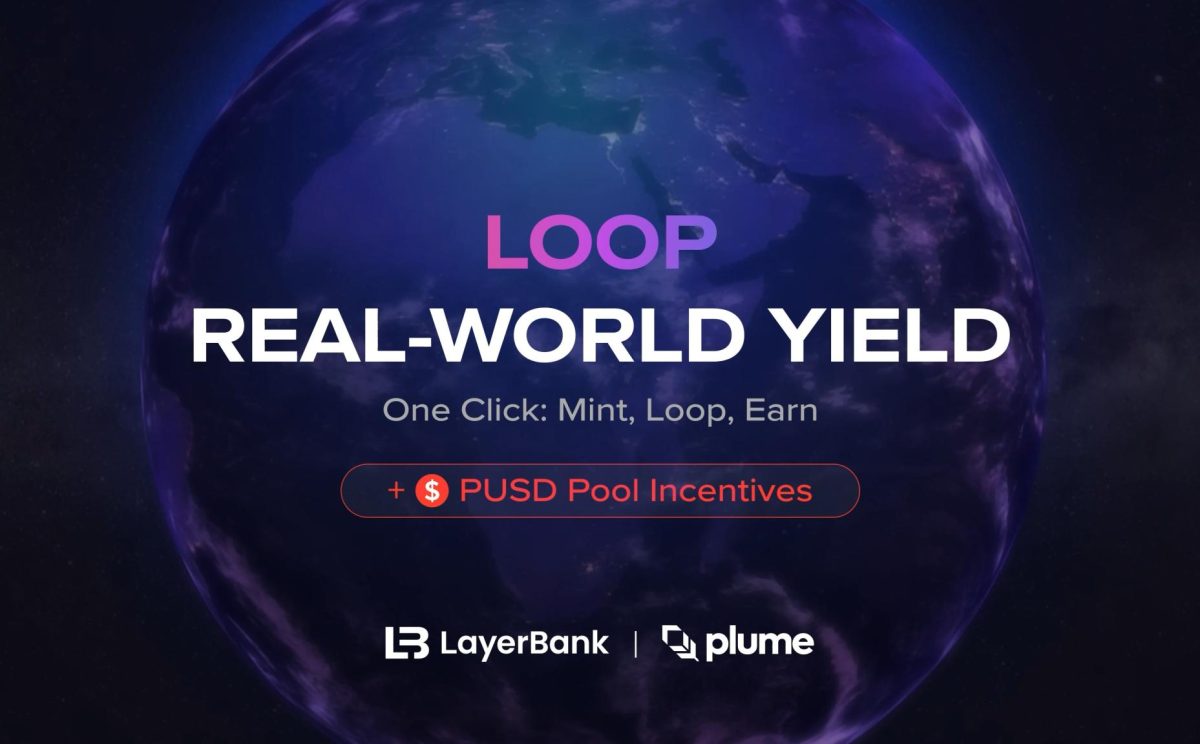
Yield Optimization & Leverage: LayerBank offers automated, high-leverage yield strategies (up to 6.6x+ on BTC yields) with zero slippage, secured by Rootstock. While platforms like Yearn Finance and Instadapp provide yield aggregation and leverage, LayerBank’s focus on real-world BTC yield and automation is a distinct differentiator.
-

Regulatory and Security Posture: According to the U.S. Treasury’s 2025 DeFi risk assessment, permissionless protocols like LayerBank face unique illicit finance risks compared to more regulated, permissioned crypto banks (e.g., Sygnum, SEBA Bank). LayerBank addresses these with on-chain transparency and decentralized governance, while traditional crypto banks prioritize KYC/AML compliance.
This competitive edge is reflected in its growing total value locked (TVL) across multiple chains, a metric closely tracked by analysts on platforms like DappRadar.
The Future: Permissionless Crypto Banks as Financial Hubs
The momentum behind permissionless crypto banks is accelerating as we move deeper into 2025. With innovations like RWA-backed stablecoin borrowing, automated leveraged yield vaults, and seamless multichain interoperability, LayerBank exemplifies the next generation of digital banking infrastructure.
Key takeaways for users and investors:
- Accessibility: No gatekeepers or geographic restrictions, anyone with an internet connection can participate.
- Capital Efficiency: Unified liquidity pools across chains lead to tighter spreads and better yields.
- Security: Partnerships with networks like Rootstock bring robust security guarantees to EVM-compatible DeFi products.
- Diversification: Exposure to both crypto-native assets and tokenized real-world assets within a single platform.
LayerBank (LAYER) Price Prediction 2026-2031
Expert forecasts for LayerBank’s native token, considering DeFi adoption, multichain integration, and evolving regulatory landscapes.
| Year | Minimum Price | Average Price | Maximum Price | Year-over-Year Change (Avg) |
|---|---|---|---|---|
| 2026 | $2.10 | $3.05 | $4.50 | +32% |
| 2027 | $2.85 | $4.15 | $6.10 | +36% |
| 2028 | $3.10 | $5.00 | $7.85 | +20% |
| 2029 | $2.80 | $5.30 | $8.50 | +6% |
| 2030 | $3.55 | $6.45 | $10.40 | +22% |
| 2031 | $3.80 | $7.10 | $12.00 | +10% |
Price Prediction Summary
LayerBank (LAYER) is poised for significant growth as permissionless crypto banks transform multichain finance. Following its 2025 integration with RWA-focused vaults, Bitcoin’s Rootstock, and major EVM chains, LAYER is expected to benefit from expanded DeFi liquidity, real-world asset adoption, and cross-chain utility. The price outlook reflects both bullish scenarios (continued adoption, growing TVL, regulatory clarity) and potential bearish risks (regulatory hurdles, competition, or DeFi market corrections). Progressive gains are projected, but market volatility and sector evolution could cause wide price swings year to year.
Key Factors Affecting LayerBank Price
- Rapid growth in DeFi total value locked (TVL) and LayerBank’s share of multichain liquidity.
- Adoption of real-world asset (RWA) strategies and integration with major blockchains (e.g., Rootstock, Ethereum L2, Plume).
- Regulatory developments impacting DeFi, especially regarding illicit finance and compliance requirements.
- Advances in permissionless technology and cross-chain infrastructure.
- Competition from other permissionless banks and DeFi protocols.
- Broader crypto market cycles, including Bitcoin and Ethereum trends.
- Potential for new partnerships or protocol upgrades expanding LayerBank’s use cases.
Disclaimer: Cryptocurrency price predictions are speculative and based on current market analysis.
Actual prices may vary significantly due to market volatility, regulatory changes, and other factors.
Always do your own research before making investment decisions.
The coming years will likely see even deeper integration between permissionless protocols and traditional financial systems as regulatory clarity improves and on-chain compliance tools mature. For now, platforms like LayerBank are setting the standard, proving that open architecture can deliver both innovation and resilience at scale.
